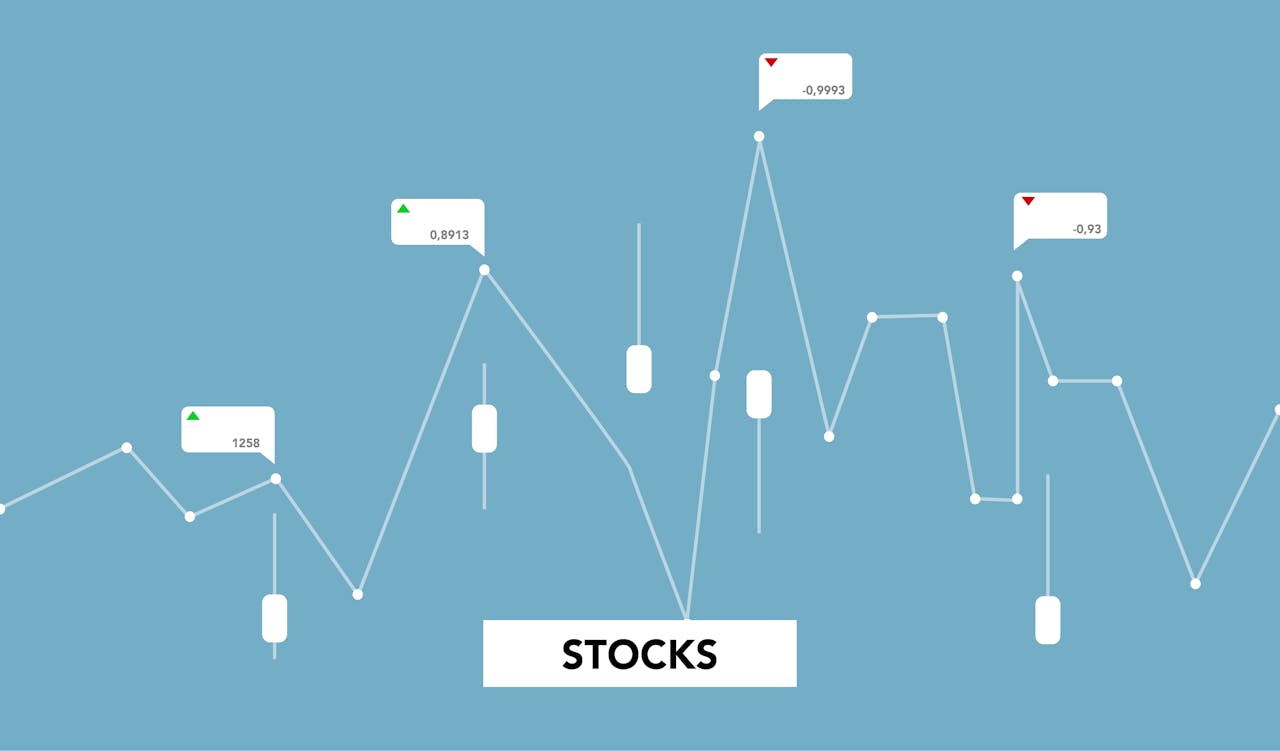When it comes to investing, one of the most important concepts that investors need to understand is the balance between risk and reward. Every investment carries a certain level of risk, but the potential for reward varies greatly depending on the asset, the market conditions, and the strategy employed. In this essay, we will explore the relationship between risk and reward in investments, the factors that influence this balance, and how investors can make informed decisions to optimize their returns while managing risks.
Understanding Risk and Reward
Before diving into the specifics, it’s crucial to define risk and reward in the context of investing.
What Is Risk in Investing?
Risk refers to the possibility of losing some or all of the original investment. It is the uncertainty regarding the future returns of an asset. Several types of risk exist, including:
- Market Risk: The risk that an entire market will decline, impacting the value of most assets.
- Credit Risk: The risk that a borrower will default on a loan or bond.
- Liquidity Risk: The risk that an investor will not be able to buy or sell an asset quickly at a fair price.
- Inflation Risk: The risk that inflation will erode the purchasing power of an investment over time.
What Is Reward in Investing?
On the other hand, reward is the potential return or profit an investor expects to earn from an investment. Reward typically takes the form of capital gains, dividends, or interest, depending on the asset class. The higher the potential reward, the higher the risk usually is, and vice versa.
The balance between risk and reward forms the core principle of investment strategy. Investors must decide how much risk they are willing to take on to achieve a certain level of return. However, it’s important to note that this relationship is not linear — a higher risk does not always guarantee a proportionally higher reward.
The Risk-Reward Tradeoff
The risk-reward tradeoff is an essential concept in investment decision-making. Essentially, the tradeoff suggests that the higher the potential reward, the higher the risk involved. This tradeoff influences how an investor constructs their portfolio, choosing between safer, lower-yielding investments and riskier, potentially higher-yielding ones.
Low-Risk, Low-Reward Investments
Low-risk investments generally offer more predictable returns but with lower overall rewards. Examples include government bonds, savings accounts, and blue-chip stocks. These types of investments are typically safer because they are backed by solid entities, such as governments or established companies. However, the returns are often modest, and inflation may outpace the interest earned.
High-Risk, High-Reward Investments
Conversely, high-risk investments offer the potential for significant returns but also come with the possibility of substantial losses. Examples include cryptocurrencies, startups, and emerging markets. While these assets can generate large profits in a short period, they are also susceptible to extreme volatility and market fluctuations.
Striking the Right Balance
A balanced portfolio often incorporates both low-risk and high-risk assets, carefully adjusted according to the investor’s risk tolerance, investment goals, and time horizon. For instance, an investor with a long-term horizon and a high risk tolerance may allocate a larger portion of their portfolio to stocks or growth-oriented assets. On the other hand, someone nearing retirement may prioritize low-risk bonds and dividend-paying stocks.
Factors Influencing Risk vs. Reward
Several factors influence the balance of risk and reward in investments. Understanding these factors can help investors make more informed decisions and manage their portfolios more effectively.
Market Conditions and Economic Cycles
The broader economic environment plays a significant role in determining the potential reward of an investment. In times of economic prosperity, riskier assets like stocks and real estate tend to outperform safer investments. Conversely, during economic downturns, safer assets like bonds and gold may become more attractive due to their stability.
Asset Class and Investment Vehicle
Different asset classes have varying risk-reward profiles. For example, stocks generally offer higher returns but are more volatile, while bonds offer more stability but lower returns. Furthermore, the investment vehicle used, such as mutual funds, ETFs, or individual securities, can affect both risk and reward due to factors like diversification and management fees.
Investor’s Knowledge and Experience
An investor’s knowledge and experience also play a critical role in determining how they approach risk. Novice investors may prefer safer investments due to a lack of confidence in their decision-making abilities. Meanwhile, experienced investors may take on higher risks, knowing how to analyze potential opportunities and manage volatility effectively.
Time Horizon
The time horizon is another crucial element in assessing risk versus reward. Short-term investors may need to be more conservative with their investments, as there is less time to recover from any potential losses. In contrast, long-term investors may be more willing to take on risk, knowing that over time, they can weather market fluctuations and benefit from compound growth.
Strategies to Mitigate Risk
While risk is an inherent part of investing, there are strategies that can help investors mitigate or manage risk while still pursuing potential rewards.
Diversification
One of the most effective strategies to manage risk is diversification. By spreading investments across different asset classes, sectors, or geographic regions, investors can reduce the impact of a poor-performing asset on their overall portfolio. Diversification helps smooth out volatility and can lead to more stable returns over time.
Risk Assessment Tools
Investors can use various tools to assess risk, such as risk tolerance questionnaires, scenario analysis, and financial planning software. These tools help investors understand their willingness and ability to take on risk, ensuring that they make investments aligned with their financial goals and risk preferences.
Hedging
Hedging is another strategy used to reduce risk, particularly in volatile markets. This involves taking an offsetting position in a related asset to protect against losses in the primary investment. For example, options contracts or inverse ETFs can be used to hedge against declines in the stock market.
Regular Monitoring and Adjustments
Regularly reviewing and adjusting the portfolio is crucial in managing risk. Market conditions change, and so do personal financial goals. Therefore, keeping track of investments and rebalancing the portfolio periodically can help ensure the risk-reward balance remains optimal.
Conclusion
In conclusion, understanding and analyzing the relationship between risk and reward is vital for any investor. While risk cannot be eliminated, it can be managed through diversification, regular monitoring, and employing various investment strategies. The key is to strike a balance that aligns with the investor’s financial goals, risk tolerance, and time horizon. By carefully considering the potential risks and rewards, investors can make more informed decisions that lead to long-term financial success.
Check out our Facebook or X accounts.
For more topics check here.



